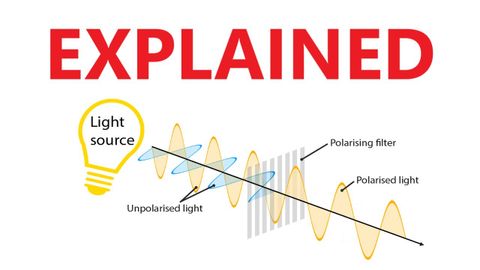A 級物理:什麼是偏振? (A Level Physics: What is polarisation?)
kevin 發佈於 2024 年 10 月 02 日  沒有此條件下的單字
沒有此條件下的單字US /ɪˈsenʃəli/
・
UK /ɪˈsenʃəli/
- adv.本質上 ; 本來 ; 實質上;本質上;實際上
US /ˈmʌltəpəl/
・
UK /ˈmʌltɪpl/
- adj.多重的;多種的;多發性的;多重的
- n. (c.)多;多個的;乘數
- pron.多重的
US /ˈɪnstəns/
・
UK /'ɪnstəns/
- n. (c./u.)例證;實例;事件;實例 (電腦)
- v.t.例
- phr.應…的要求
US /ɪˈmædʒɪn/
・
UK /ɪ'mædʒɪn/
